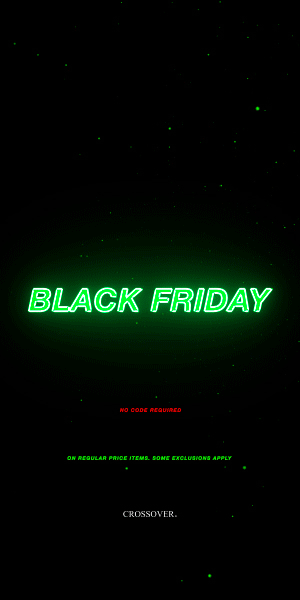Feature Image Credit: Reanimated Productions
Written by Ardi
Tattooing has been around since the beginning of mankind, with the first evidences of such a practice appearing from 3250 BCE. It’s no surprise, as we as humans like to decorate ourselves with different accessories even since the paleolithic era, and tattooing is an extension of that. Now when it comes to this section, we actually have a rich tattooing heritage that resides in East Malaysia, and deep in the jungles of Borneo there are indigenous people who still practice the same art as their ancestors, wholly decorated on every square inch possible. While tattoos are now more widely accepted in Malaysia, there is still a certain level of negative stigma to it, but that’s usually not the reality of it.
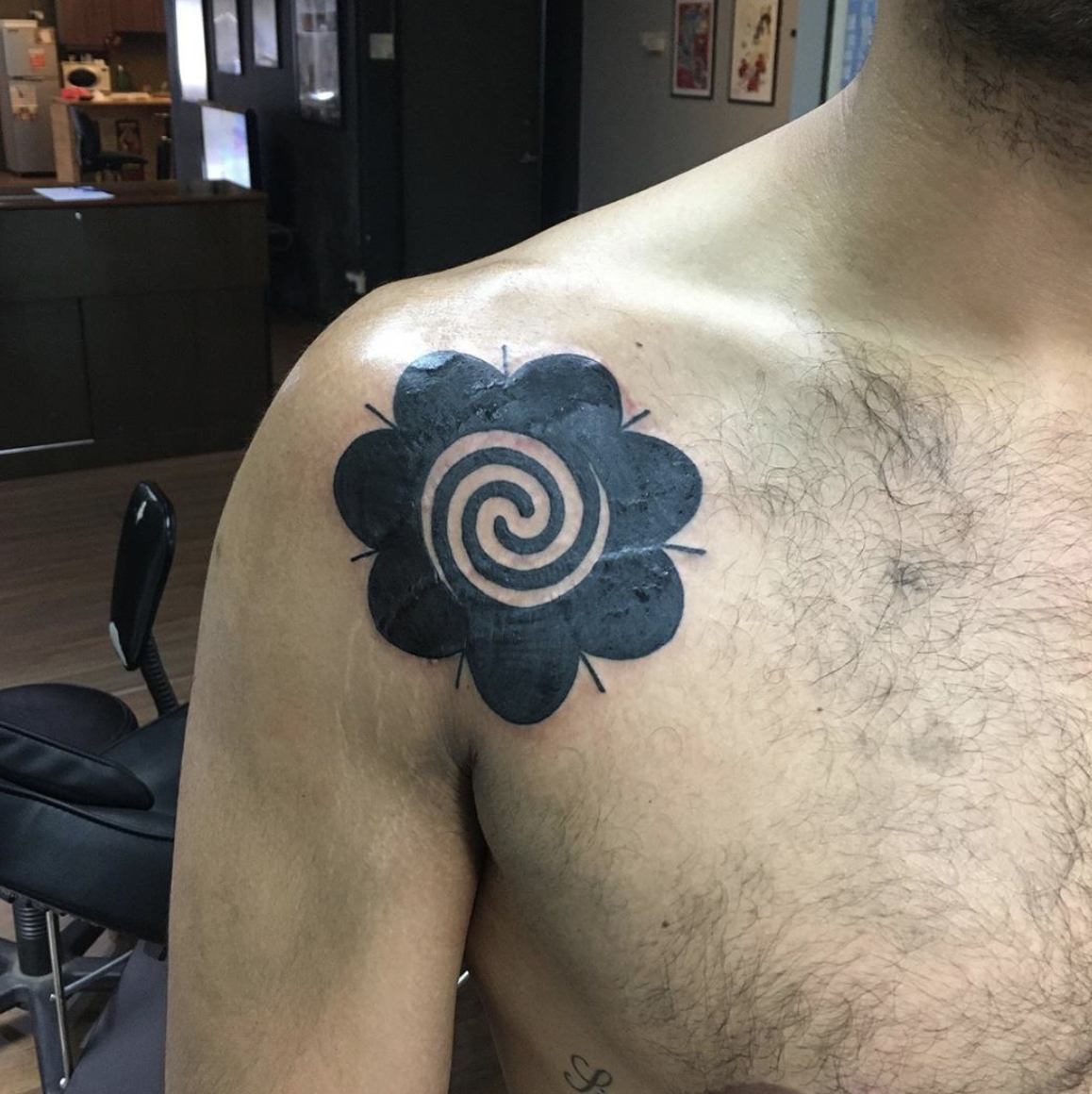
Credit:@ragang.nunuk (Instagram)
Apart from that, the art of hand-tapped tattooing in East Malaysia is not as prominent as it could be. I was wondering if the youngsters of Borneo either do not get tattoos anymore or they prefer more of the modern designs? It could be gone if the younger generations don’t give much attention to it which is upsetting since tattooing is a part of the culture of Borneo. I wanted to find out from a local Sarawakian who does tattooing if this is the case and what steps can be taken to keep this art alive.
To find out the answers to my questions and figure out what is going on, I decided to look online and see if I can find anyone who still does hand-tapped tattoos with native Bornean motifs and surprisingly I found a few! some in KL and some based in Sarawak. It was interesting to find out quite a few of these tattoo artisans are young people who are passionate about their heritage and are putting effort into keeping it fresh while making a living out of it.
I had the chance to talk with Eddie David, founder of Borneo Tattoo Ink – Located at Desa Sri Hartamas and ask his opinions on the topic. I was eager to find out why he chose tattooing as a career and what he did before the start of all of these.
Eddie : “Well, I started tattooing, maybe in 1995 it was a little after I got my first tattoo. Before that I was studying accounting. And then I quit that and then I did architectural illustration for approximately five years. So that was basically my professional experience in doing art. Prior to that, I was actually good at drawing. Like I like to draw a lot. It’s something to keep my very crazy mind sane.
Then I think the economy crashed (Asian Financial Crisis in 1997) so I had to go back to Sarawak and it was when I picked up tattooing, not really picked it up but more like experimentation. And so a lot of the artistic skills were involved in tattooing like how to use the machine, judge how deep to go in the skin for the learning process, but you know, I started to learn and get a hang of it. It took me a little over year to figure out how this works, not 100% but was more than enough to got be able to get it done.”
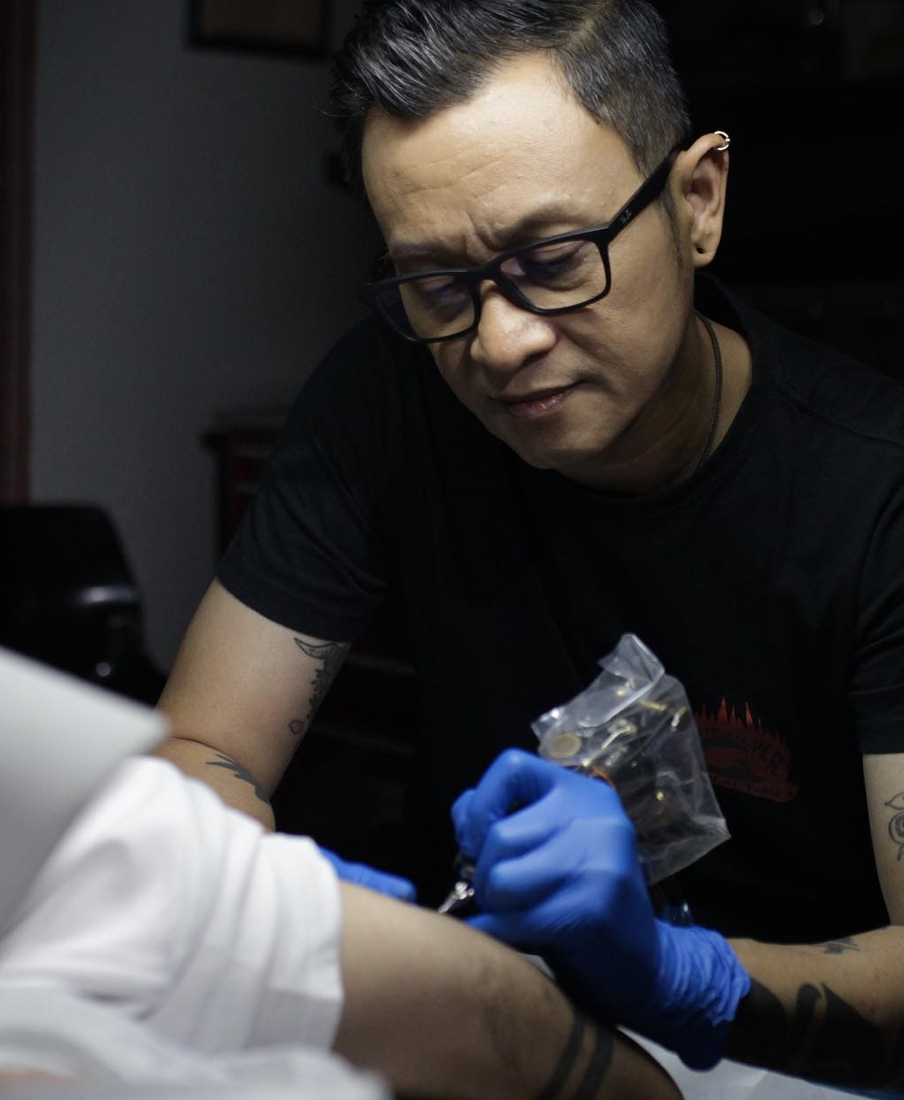
Credit:@borneo_ink_tat2 (Instagram) – Eddie Tattooing A Client
After that, Eddie came to KL to start his own business but during the time he began to work (bear in mind this was the early 2000s), there was a strong stigma against tattoos, and the ones people usually got were basic, modern ones like dragons. The locals did not show much interest in getting native designs tattooed on them. Surprisingly it was around that era when tribal tattoos were super popular overseas and Eddie told me that those tattoos were actually inspired from the traditional Borneo tattoos but because it was done in LA and many celebrities had it, as it was a cool design to get that time.
Ardi – What was so intriguing about tattoos that tempted you to try tattooing?
Eddie – “There is a technical aspect to it. And from this technical aspect, you have to deconstruct how tattooing actually works. And then when you fill in all these blanks, and then the path to it becomes clearer. And so therefore, you’re able to take your artistic skills, and with the use of that machine like a tool, and you’ll be able to create one with a story. Art is one thing, the media being the skin.
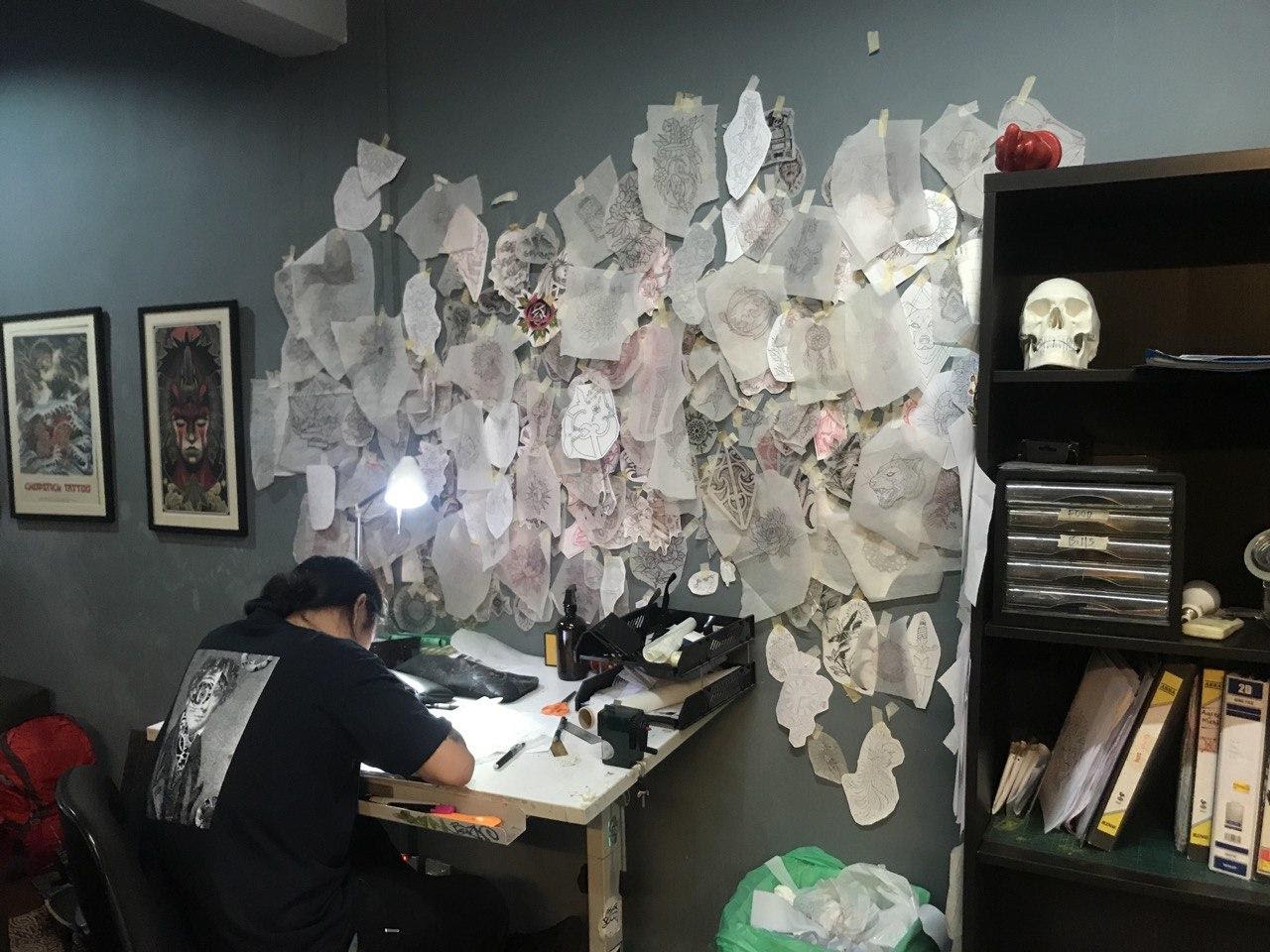
So basically, you have to learn how to use a tool just like how you would use a paintbrush or a computer to be able to achieve what you have and transform it into an image on the scale.
So that technical challenge is the thing that got me into it. It was so intriguing. it’s never like a pen and paper, you know, we just do it on pen and paper and it is there. But the skin is so fluid that it works well on some people’s skin and not so well on others. But as time goes by, when you learn the skill of how to tattoo then it becomes the same for everyone. But that takes a long time to kind of get to that point.”
It was great to be able to see his passion when he talked about his career and tattooing, he told me what tattooing means to him and its significance.
“Tattooing to me is just like a little door that opens up the rest of the culture. I wasn’t interested in it at first but it became fascinating as I started to unravel it. There’s a lot of things that are now considered like a taboo which invokes the spirits and things like that, But it depends on what you believe. But you know, that’s not it if you actually understand why they do it (tattooing). So my quest is to understand what are the motivations behind all these.”
At this point I understood why and how Eddie started this business but I was curious to know more about Sarawakian tattoos and the symbolism and meaning behind it. One cool fact that he told me was that many of the famous tribal tattoos in the 80s and 90s were actually inspired by our local tattoos from Borneo!
To my suprise, Iban people don’t get their tattoos in the longhouse. When Eddie saw images of Iban people getting tattooed in their longhouses in museums he told me this “Every museum photo, okay, every museum photo, everything that has to do with our tradition is a photograph of someone doing it in a house. Okay? This is like the ultimate bullshit.
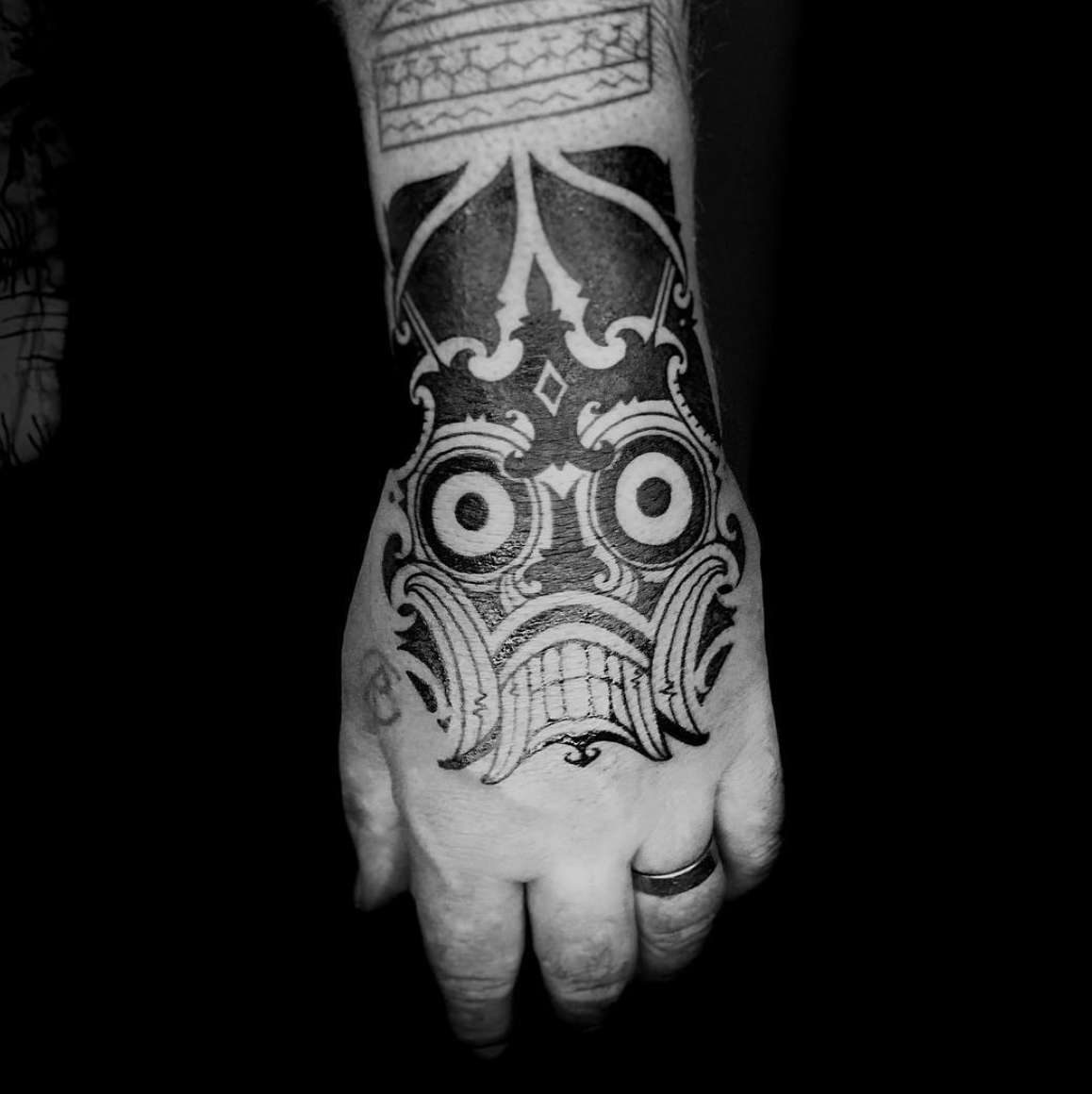
Credit:@eddieborneoink (Instagram)
Because many of these museums like anthropologists, whenever they want to go and see Iban people getting tattooed they go to the longhouse, but they wouldn’t find Ibans getting tattoos there. Because the tradition is to get tattooed overseas, as far as you can go to make your tattoos have more value. So what they’ll do is they’ll go to the longhouse and they’ll take a photo of a mock up for someone getting a tattoo.”
I wanted to know more about the importance of tattooing for Ibans and what is the idea behind getting the tattoos. Eddie told me that the tattooing starts when the Iban person is going for “bejalai”. The act of bejalai is to travel as far as you can and work and gain experience and get tattoos and come back. Before your bejalai, you will get the bunga terung tattoo first to help you with your journey and then you are ready to explore the outside world.
This is repeated for every few years until they are in their 30s and 40s and then they stop traveling. So the more tattoos you have means the more places you have traveled and the more stories you and experiences you have achieved during these trips.
For example you take a trip and work in Brunei for a while with a group of friends and you give each other tattoos, then you go to Singapore and after working there for some time, you get another tattoo. So eventually your tattoos are a representative of your journey. Those tattoos do not necessarily have a meaning but some were treated as magic charms among the soldiers during war times. Each soldier had their own magic charm passed down to them from generation after generation and during the war, they would put all of their charms together to give them more strength and these charms could be bones or stones but also they would do tattoos that represented the charms to help them fight against the enemy.
Another aspect of the Sarawakian tattoos that caught my eye was the hand-tapped technique. I was wondering if it feels different compared to the tattoo machine.
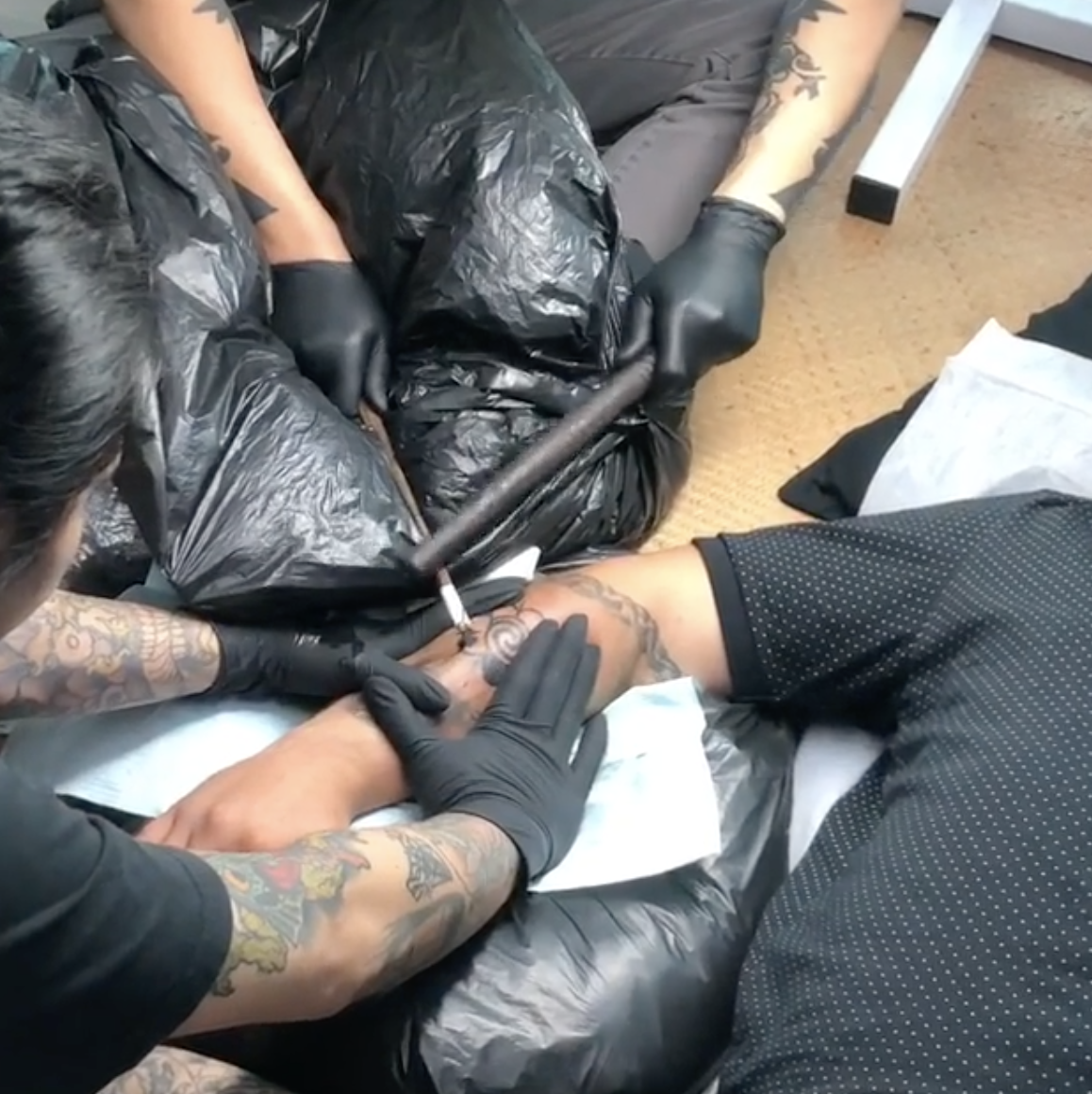
Credit:@eddieborneoink (Instagram)
Eddie – “Some people say it hurts a lot more. It works completely opposite of how a machine works. When you fill up with a machine, If it’s not solid, it (the ink) will stay not solid. But if you fill it up with a hand tattoo, it doesn’t look solid but looks solid over time, depending on how much pigment you actually put on it. So that’s how the difference between a traditional tattoo, but if you want a clean, a nice solid work machine is the way to go. But if you want a piece of tradition, hand-tapped is the way to go.”
When I was interviewing Eddie I noticed that he has a few foreign customers. I wanted to check with him if they do the native tattoos for those who are not from East Malaysia.
Eddie – “We do it all the time. So a lot of people don’t understand this, when a person who is qualified, it means that you have traveled a great distance from your country, or land, to come here. This is considered bejalai, so if you want to remember your adventure, you can get traditional tattoos.”
That was nice to hear since we hear so much about cultural appropriation but it seems that for Iban people, you are qualified to get a piece of their tattoos as long as you have traveled! Eddie told me that Iban people still do get their native tattoos done. For example those who come to KL to work still get tattoos done so once they go back home, they have cooler stories to tell in family dinners! But if you were wondering, they do more than just traditional tattoos here.
Ardi – Do you do all types of designs here or just a certain style of artwork?

Credit:@ragang.nunuk (Instagram)
Eddie – “There’s no reason for me to not want certain things just because you have to be a specialist. Basically if you’re good at art, you can draw whatever the hell you want with any freaking style. For example, today we’re gonna do a Polynesian design and then I’m going to do something else. Like something Geometric and my stuff will be different every day.”
At the end, I wanted to know what Eddie thinks about how he thinks the native tattoos of Borneo are going to hold up in the future and if he sees people still getting the traditional designs tattoos .
“I mean eventually, you know, I will stop doing this. But then there will be another guy in a few years who will come pick it up again. Just imagine, someone who is 19 years old, who travels, gets a bunch of tattoos done and then stops. He’s not gonna tattoo anymore later in his life because he stopped traveling. Then you know, his kids when they start traveling , they will get tattoos and hold on to their traditions and so if you want to follow your tradition, that is the way to go.” He said.

Credit:@eddieborneoink (Instagram)
For example, when a lot of Sarawakians converted to Christianity, many of them did not want to do tattoos anymore but there were still a percentage who followed the tradition.
Eddie told me about how he thinks the flow of the revival works.
“What happens is like, by the time we got to my father’s generation, it was split in two already. 50% who wanted to keep the tradition and the educated ones wanted to be a Christian, and also wanted to throw away a lot of cultures. So then you see a dip. But tattooing still continued and then it stopped. It stopped And then 15 years later, people like me came along. Everything died. It just lay dormant for a while until someone picked it up again and then it became alive again. And then now it’s reached a point where like dude, start to travel man. And then, eventually there will be another revival.”
After gathering the info and writing this article, I realised that culture and traditions don’t really go away, but they adjust to our lifestyle and our current situation. Things may not look the same but it doesn’t mean that they are not there. It is great to keep in mind our past and our culture but be open and embrace change and new ways of respecting our past and traditions.
If you are interested to see some of their work or maybe get a new hand-poked tattoo, check out their Website and Instagram.

